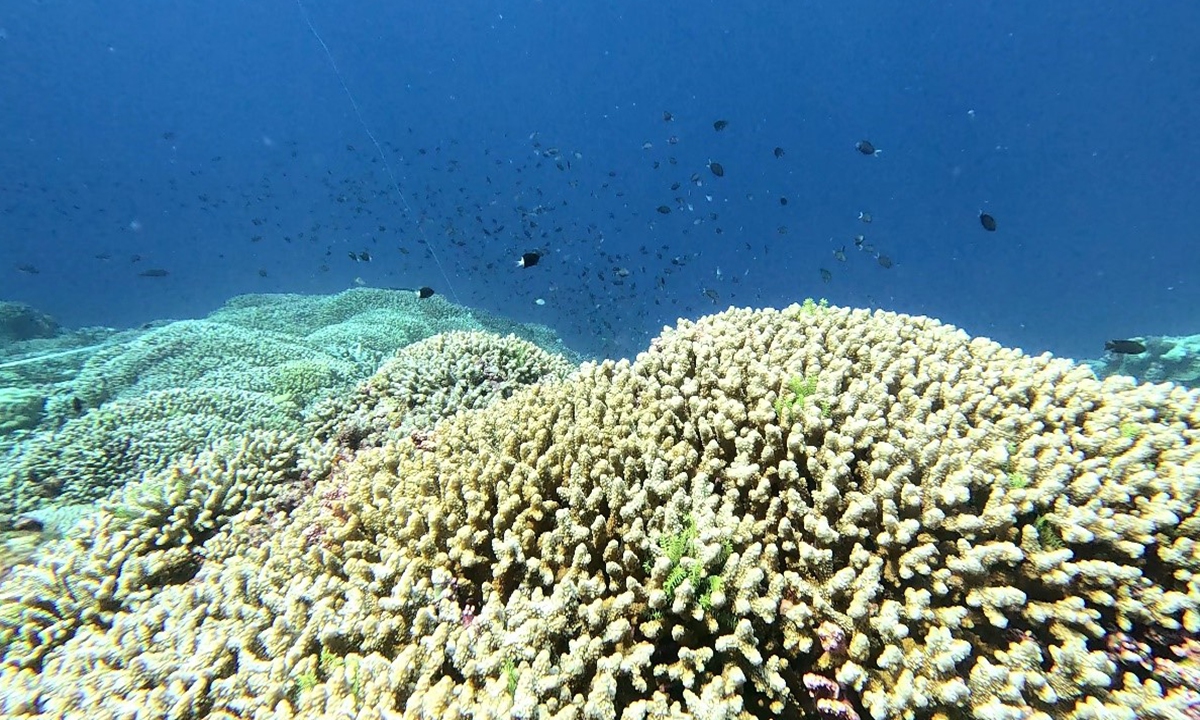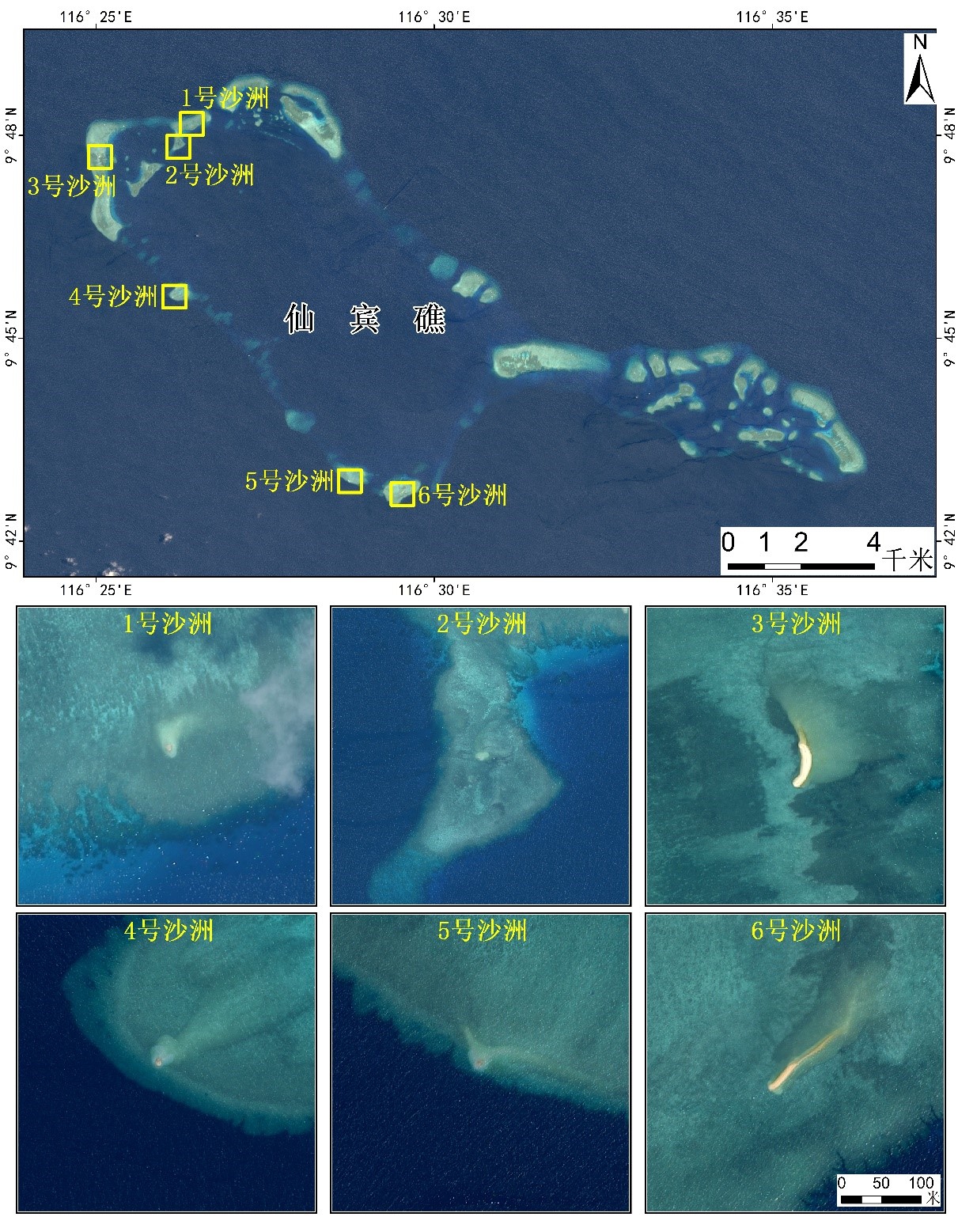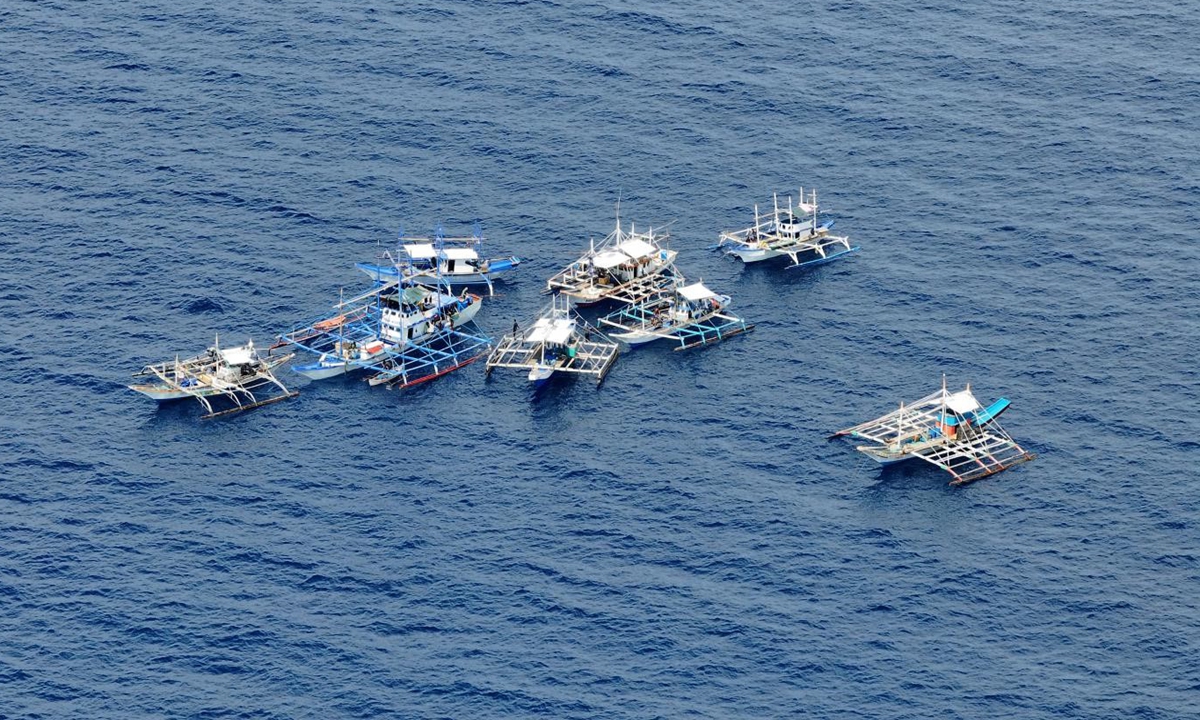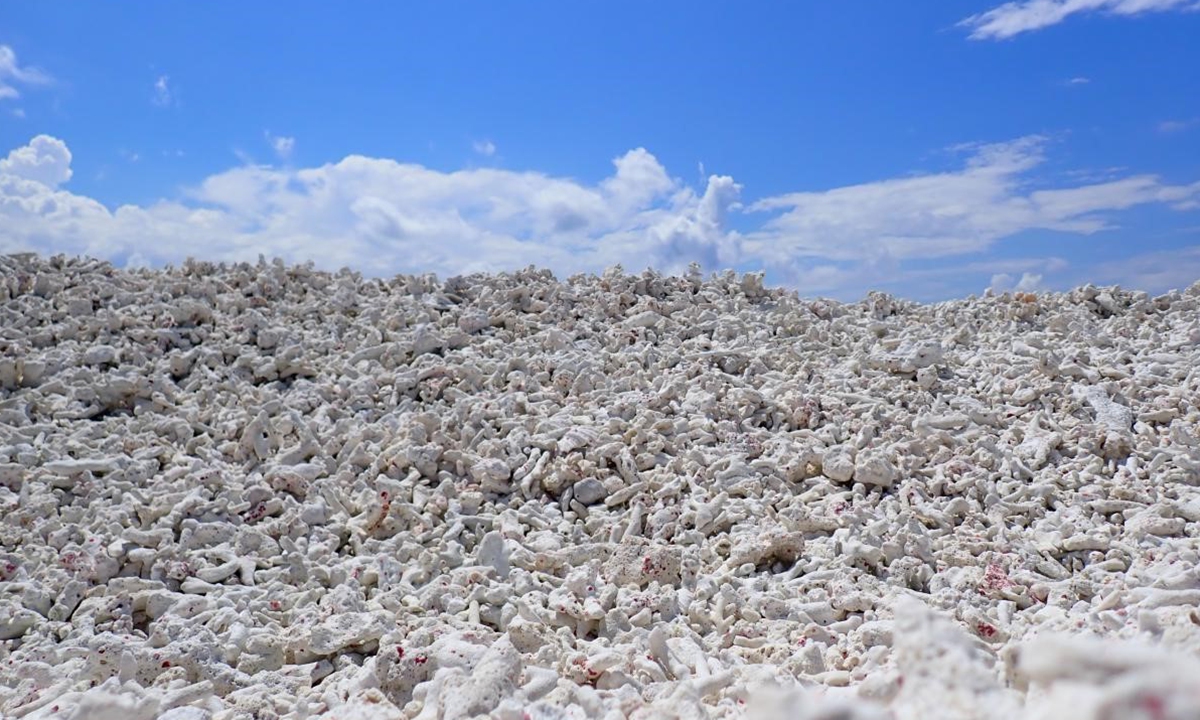China released an on-site investigative report on Friday regarding the ecological system of the coral reefs in the South China Sea's Xianbin Jiao, revealing the coral reef ecosystem in Xianbin Jiao is generally in good health. There was no evidence of widespread coral bleaching, the report found, in response to allegations made by the Philippines this year, which groundlessly accused China of reclaiming an artificial reef around Xianbin Jiao that led to widespread coral bleaching.
Chinese scientists also conducted analyses of sediment samples to determine their source elements around the reef, finding no evidence of terrestrial materials entering the ocean. This again refuted the Philippines' baseless accusations against China's land reclamation and reef construction activities.
More importantly, scientists identified six sandbars in Xianbin Jiao, all of which are exposed at low tide. Experts noted that this discovery supports China's longstanding assertion that Xianbin Jiao falls under the "feature above high water springs in China's Nansha Qundao (the Nansha Islands)," affirming China's rights to territorial waters, contiguous zones, exclusive economic zones, and continental shelves around the Xianbin Jiao.
Furthermore, the report emphasized the significant impact of frequent human activities in and around Xianbin Jiao on the coral reef ecosystem's health. It highlighted the presence of Philippine vessels and ships illegally mooring in the lagoon, whose anchoring and fishing activities could disrupt the normal coral growth in the area.

Coral growth in the Xianbin Jiao's lagoon Photo: Courtesy of China's Ministry of Natural Resources
China's claims scientifically sound "China's recent on-site investigation of Xianbin Jiao clearly confirms its status as a 'feature above high water springs in the Nansha Qundao,' supporting China's claim and refuting the Philippines' assertions and the 2016 so-called award on the South China Sea arbitration which defined it a 'low-tide feature' and included it in the Philippines' exclusive economic zone," Chen Xiangmiao, director of the World Navy Research Center at the National Institute for South China Sea Studies, told the Global Times.
According to the expert, the concept of "feature above high water springs in the Nansha Qundao" aligns with the UN Convention on the Law of the Sea's definition of "islands," entitling them to territorial seas, exclusive economic zones, and continental shelves. China's sovereignty over the Nansha Qundao, including Xianbin Jiao, is supported by historical and legal evidence, Chen stressed.
Chen noted that during the so-called South China Sea arbitration of 2016, the tribunal claimed that certain islands and reefs in the region were "low-tide feature" based mainly on outdated and unreliable navigational guides. It is absurd that they used such flimsy evidence to classify Xianbin Jiao as a "low-tide feature," Chen said, calling this recent scientific research "ample and precise evidence to prove China's reasonable claim."
The long-term presence of the Philippines Coast Guard vessel in the Xianbin Jiao's lagoon is a serious encroachment on China's territory, experts stressed.

Six sandbars in Xianbin Jiao Photo: Courtesy of China's Ministry of Natural Resources
During this scientific expedition from May to July, Chinese research team composed of multiple research institutes under the Ministry of Natural Resources assessed the coral reef ecosystem of Xianbin Jiao using a combination of on-site investigations, historical data, and satellite images. This survey set up 23 survey stations along the reef edge, conducting surveys on four major categories including coral communities, reef-dwelling organisms, reef habitats, and human activities, totaling 75 elements.
Some coral debris and damaged reef-building corals are found to be distributed within a certain range around the sandbar, which, experts believed, is related to Philippines vessels' illegal gathering, fishing and long-term anchoring.
The Philippine Coast Guard vessel BRP Teresa Magbanua (MRRV-9701), the PCG's largest vessel, has caused wide concerns among experts as its large and long anchor chain has been scraping the lagoon floor since mid-April and may cause significant damage to the coral reefs. This prolonged anchoring may have led to serious coral death over the last four months, experts warned.

Filipino fishing boats on the northwest side of the lagoon of Xianbin Jiao Photo: Courtesy of China's Ministry of Natural Resources

Biological debris distributed on a sandbar of Xianbin Jiao Photo: Courtesy of China's Ministry of Natural Resources
Philippines' accusations proven false It is important to note that a radioactive tracing study was conducted on the sediments of Xianbin Jiao sandbars and its surrounding waters during the investigation. This study focused on the areas where the Philippine Coast Guard spokesperson Jay Tarriela accused China in May of "building an artificial island."
Chinese scientists tested for uranium-238 and other isotopes in sediment samples from 33 locations around Xianbin Jiao and its surrounding waters. The results revealed that all sediment samples had similar source elements, and did not contain any terrestrial materials from land sources.
Chen emphasized that this scientific evidence disproves the baseless accusations made by the Philippines that China is transporting materials from land to reclaim land and build artificial reefs.







